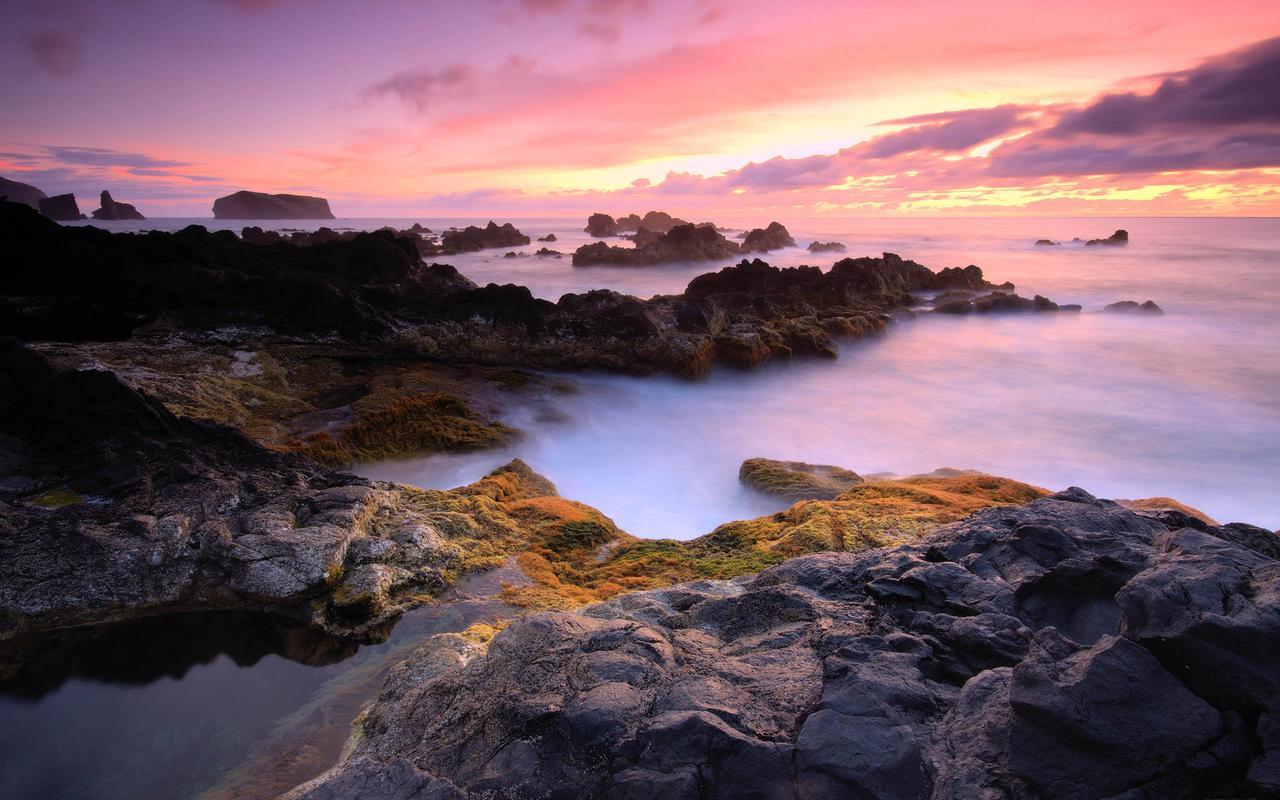The North Eastern part of India is commonly referred to as the “7 Sisters” consisting of Arunachal Pradesh, Assam, Manipur, Meghalaya, Mizoram, Nagaland, and Tripura. Despite being a part of the same country, these states have a diverse culture that can be traced back to their history, tradition and geographical location.
Arunachal Pradesh, the land of the dawn-lit mountains, is famous for its tribal culture, and its people are known for their hospitality. The state is home to 26 major tribes and three major religions that coexist in harmony. The people of the state are skilled in handicrafts, weaving, and handloom work, which are an essential aspect of their lives.
Assam, the gateway to the Northeast, is known for its tea plantations. The state has a rich cultural heritage that is reflected in its music, dance, and cuisine. Assam is also famous for its silk production, which is of superior quality.
Manipur, the land of jewels, is famous for its classical dance form, the Manipuri dance. The state is also known for its martial arts form, Thang Ta. Manipur has a rich tradition of handloom weaving, which is an essential aspect of the state’s economy.
Meghalaya, the abode of clouds, is known for its natural beauty and the living root bridges, which are unique to the state. Meghalaya is home to three major tribes, the Khasi, Garo, and Jaintia, who have their unique culture and traditions.
Mizoram, the land of the hills, is famous for its bamboo and cane handicrafts. The state is known for its festivals, which are celebrated with great pomp and show. Mizoram is also home to a unique dance form, the Cheraw dance, which involves the tapping of bamboo sticks.
Nagaland, the land of the festivals, is famous for its Hornbill Festival, which showcases the state’s culture and traditions. Nagaland is also known for its textiles and handicrafts, which are an essential part of the state’s economy.
Tripura, the land of temples, is known for its ancient temples and traditional handicrafts. The state is home to a unique dance form, the Garia dance, which is performed during the Garia puja festival.
In conclusion, the 7 Sisters of India have a rich and diverse culture that is unique to each state. Their culture and traditions are an essential aspect of their lives and are reflected in their music, dance, cuisine, handicrafts, and festivals. It is imperative to explore the culture of the 7 Sisters to understand and appreciate the Northeast’s beauty and diversity.
(Note: Do you have knowledge or insights to share? Unlock new opportunities and expand your reach by joining our authors team. Click Registration to join us and share your expertise with our readers.)
Speech tips:
Please note that any statements involving politics will not be approved.
